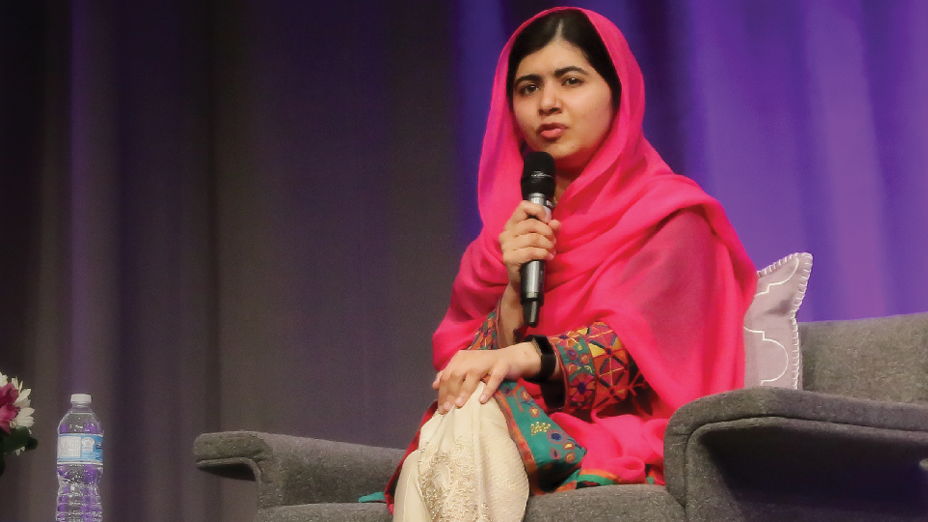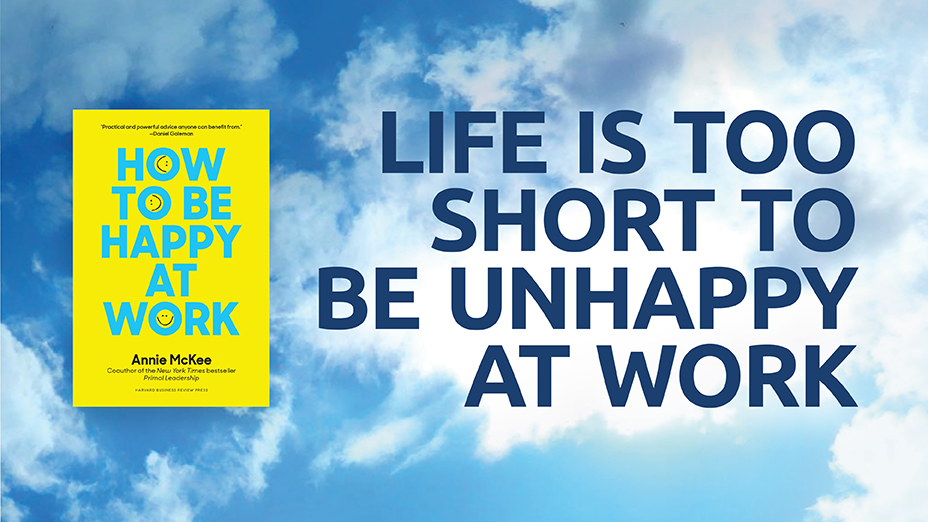On September 16, 2016 The Art of Leadership came to Vancouver featuring six bestselling authors and internationally renowned thought leaders. Here are the top five lessons from each speaker along with their visual summaries drawn by Tristan Miller.
Reflect, Connect, Make Choices and Inspire.
The first speaker of the day, Tammy Heermann, spoke about strategy and effectiveness and she asked if we were spending enough time working on our business instead of in it. According to Tammy, there are four main strategic blockers: drowning in execution, multi-tasking over strength, keeping tight control and avoiding risk.
Key takeaways from her presentation:
- Strategic leaders ask questions. Questions are a great opportunity to not only gain insight and learn new information, but they are also an opportunity to show how you think and be perceived as strategic.
- The three best questions to show strategic breadth as a leader are connection, impact, and tension questions.
- Leaders don’t give opinions at work. Instead, share your point of view. Opinions are judgments formed about something and not necessarily fact or knowledge, whereas point of view is a position or perspective from which something is considered or valued.
- Five ways to speak more strategically are to: focus on the customer, link to broader goals, quantify with numbers, project a future focus and to show the where and how.
- All leaders need these three strategic networks: operational (what’s going on), future focused (what are the expert saying?), and careers (who’s mentoring you?). Nurture these relationships – coffee and lunch are part of your job.

Life is Not Linear
The second speaker was Sir Ken Robinson, an internationally acclaimed expert on creativity and innovation. He reminded us how unpredictable technology and industries are and why innovation is so crucial. The resources you need to innovate your business are already there. All human beings are capable of creativity and imagination – it’s what makes us different than other creatures – our role in leadership is to cultivate that.
Key takeaways from his presentation:
- As human life spans have been getting longer, the lifespan of corporations is getting much shorter. Now is always the most innovative time and innovations allow us to step into the future that we can't predict.
- Try this personal branding exercise: condense your resume in a single tweet of 140 characters.
- Even as a leader, you do not need to be have all the answers. It’s okay to say “I don’t know” and leaders are encouraged to ask “what do you think?” Great teachers are great students.
- You make a big mistake when you apply your own interests/passions to other people's lives. We are all unique.
- People feed off of other people’s ideas. Creativity is a multifaceted activity. Cultivating innovation is the only way. If you want a culture of innovation, you need to create an environment of climate control, not command & control.

You Are an Artist
After the networking break where attendees had book-signing opportunities with Sir Ken Robinson, Ron Tite took the stage to expand on the creativity topic. Mirroring the concepts in his new book, Ron explained how everyone’s an artist (or at least they should be) and how taking an artistic approach to business makes you a better leader.
Key takeaways from his presentation:
- Organizations don't change, people do. Great ones constantly reinvent themselves – but still keep their core values. In business you tend to follow those around you, but if you act like an artist you will be constantly walking away.
- People used to vote with their wallet, now they vote with their time, and your target market is more creative than you.
- You are an artist. Focus on your art not all the other time-sucking maggots. Be a rebel with a cause.
- Engagement is significantly higher when you connect to what you believe not what you are trying to sell. Don’t overshoot digital and bring back face-to-face. Your stories are more important than your data.
- Be anti-establishment and innovate. Don’t worry about the competition, just focus on your own creativity. Now is the time to fail forward.

And What Else?
After lunch, Michael Bungay Stanier took the stage to talk about coaching and performance. In his opinion, there are three different kinds of work: bad work, good work and GREAT work. While a lot of people are satisfied with good work, he encouraged leaders to aim for GREAT work instead, which isn’t a measure of quality but a measure of impact.
Key takeaways from his presentation:
- Excellent leadership starts with coaching. First ask: what’s on your mind? It’s a powerful question that just needs you to listen. Awesome coaching gets to state of vulnerability and connection in less than three minutes.
- The next question is “what’s the challenge here for you?” Coaching is not about being an advice giving machine. Instead of speaking, continue to listen by asking the third question, “and what else?”
- Ask “and what else?” again. This keeps you curious, keeps you listening, and then ask “what do you want?” Often the first problem that shows up will not be the real problem.
- Finally, ask “what was most useful here for you?” This gives you the opportunity to reflect now too and improve for your next coaching session.
- Say less, ask more, and don't give up being curious too soon. Go deeper.

Happiness is a Choice
Next up was Neil Pasricha, the New York Times bestselling author of The Book of Awesome and The Happiness Equation . Pasricha’s presentation focused on the relationship between happiness and employee engagement.
Key takeaways from his presentation:
- We are already capable of noticing awesome things, to be happier shift that observation to focus on the application of awesome things.
- Being happy will lead to better work which leads to big success. It starts with happiness, not the other way around.
- Easy things you can do that are proven to increase happiness are to: perform five conscious acts of kindness a week, take three twenty minute walks a week, keep a journal, meditate, and show gratitude for five things.
- We make 295 decisions per day. Automate decisions that are low importance or low time (for example, make extra dinner to have for lunch the next day).
- Action leads to motivation, not the other way round. It is easier to act yourself into a new way of thinking than to think yourself into a new way of acting.

Invest in Your People
The final speaker to end off the inspirational day was Tom Peters, one of the most influential business thinkers of all time. He discussed excellence, strategy, culture and why it is so important to invest in your employees.
Key takeaways from his presentation:
- Leaders have to treat their employees like customers – if you want staff to give great service, give great service to staff. Your principal moral obligation as a leader is to develop the skills of the people in your charge.
- Women make a hugely positive difference and teams with less than 50% women need to rethink this.
- Intelligence is overrated. Try as many new things as possible. It’s okay to fail, so fail faster and succeed sooner.
- The most important person any manager needs to manage is her/himself. Blind spots are everywhere in leadership.
- Return on investment in relationships (ROIR) is more important than ROI and is the only measure that’s sustainable. Ask “what do you think?”, bring back hand-written notes, and master “thank you” and “I’m sorry.”

For the closing remarks, pictures and more, visit The Art of Leadership Vancouver Conference Summary





.png)



What Did You Think?